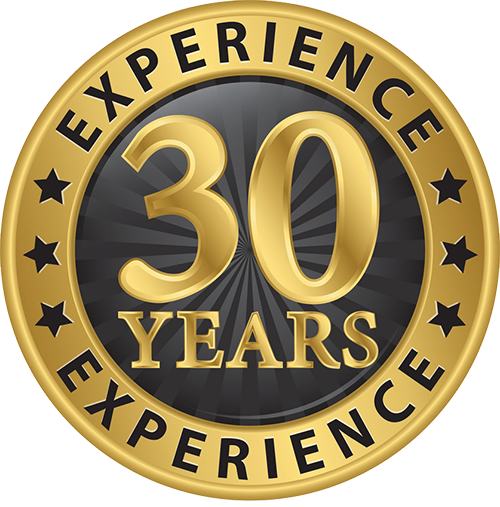Hazardous Areas and Maintenance Guide for Flameproof Forklifts
Flameproof forklifts are often operated in hazardous areas – such as combustible dusts and explosive gas or vapour – and it’s extremely important that all safety procedures are adhered to. As the owner and end user of the forklift, it’s vital that you follow correct procedures to ensure you can always operate it safely.
Classification of Hazardous Areas
All hazardous areas of operation need to be classified as per ASNZS60079.10.1: Classification of Hazardous Areas. The first classification is made up of flammable liquids, gases and vapours, which is traditionally referred to as Class 1. The second group, known as Class 2, comprises dusts, fibres and flyings.
These areas are further classified into zones based on how long the hazard has been or is likely to be present. Note that if the area is classed under Zone 0 or Zone 20, the use of mobile materials handling equipment is not permitted.
Zones applicable for flammable gases, vapours and liquids (formerly Class 1)
Zone 0: Flammable atmosphere continuously present or present for long periods (over 1000 hours per year)
Zone 1: Flammable atmosphere is likely to occur in normal operations (over 10 hours per year but less than 1000)
Zone 2: Flammable atmosphere is unlikely to occur in normal operations (under 10 hours per year)
Zones applicable for dusts, fibres and flyings (previously known as Class 2)
Zone 20: Area in which combustible dust as a cloud is continuously or frequently present
Zone 21: Area not classified Zone 20 in which combustible dust as a cloud is likely to occur during normal operation
Zone 22: Area not classified Zone 21 in which combustible dust clouds may occur infrequently and persist for only a short period
If you begin operating your forklift in a different area, or the nature or frequency of the combustible materials changes, it’s essential that you conduct a review to ensure it remains compliant with ASNZS60079.10.1.
Training, Maintenance and Replacement Parts
When it comes to the forklift itself, it’s important to remain compliant with AS2359.12: Powered Industrial Trucks. This Australian Standard covers all flameproof modifications, maintenance, replacement parts, operator training, pre-operation checks and more.
In terms of maintenance, be sure to always document and store any records, and ensure all replacement parts are fit for purpose, interchangeable with the part being replaced and of no less quality. This applies to all major and minor parts. Parts such as fan belts and transmission belts need to be antistatic and fire resistant, and tyres must be made with conductive or antistatic material.
It’s also important that all your staff – even those not operating the forklift – are educated and trained on AS2359 to equip them for the high risks associated with modified forklifts in hazardous areas.
The importance of remaining compliant
By making use of the resources available in ASNZS60079.10.1 and AS2359, you’ll be able to operate a modified forklift with full peace of mind. If you make any unauthorised modifications to your forklift, or fail to follow the guidelines for operation in hazardous areas, you put yourself and other workers in danger. You also risk the forklift losing its statutory approval.
Refer to the mentioned standards for more information and remember to refer to the manufacturer’s guidelines.

